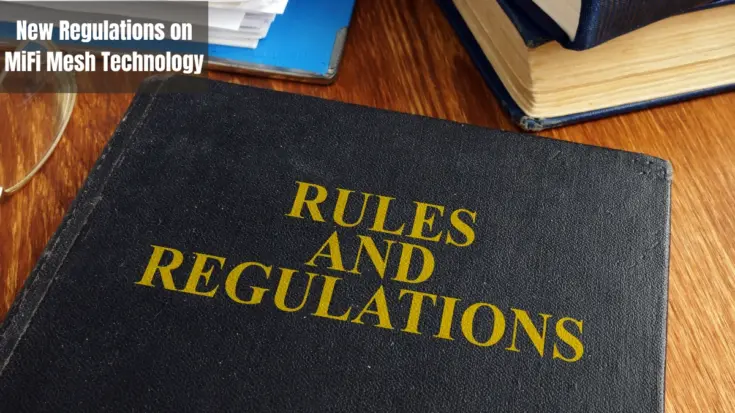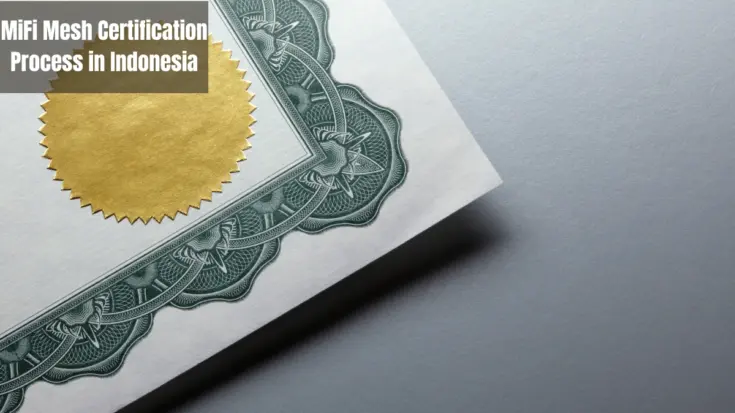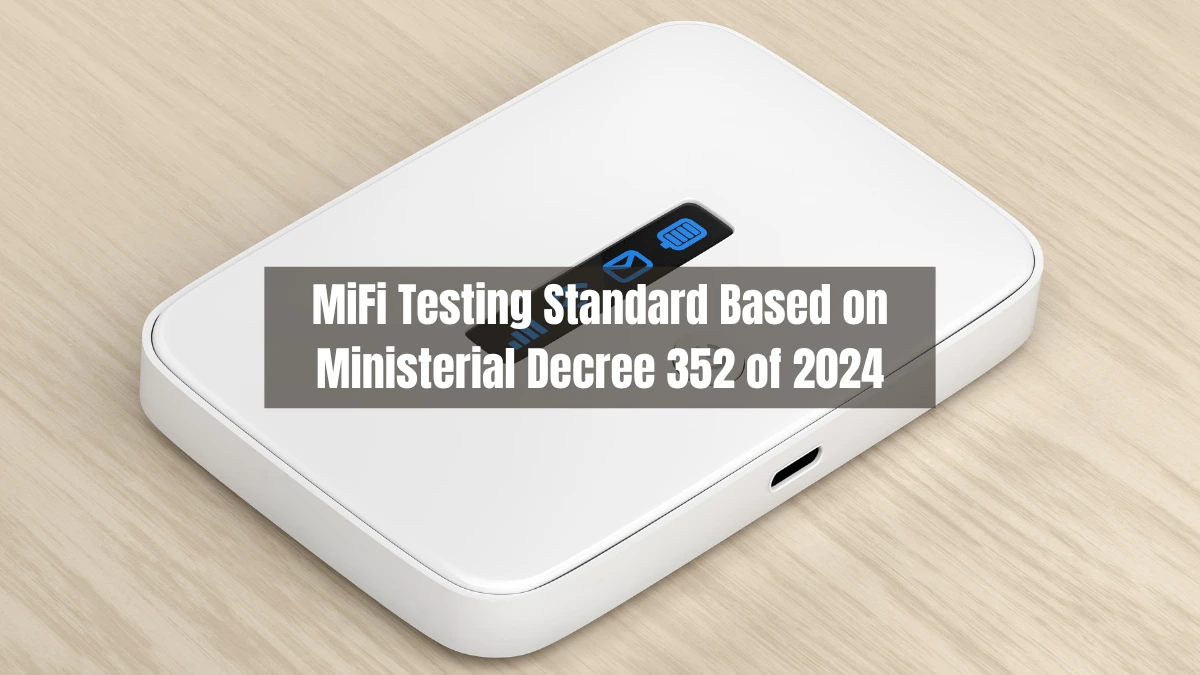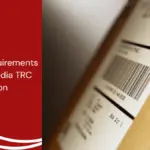MiFi uses Long Term Evolution (LTE) technologies based on International Mobile Telecommunications (IMT) that operate within a specific frequency spectrum. This technology must meet the main requirements through a standard testing process to ensure its quality, security, and compliance with applicable regulations.
This standard MiFi testing process is stated in the Ministerial Decree of the Ministry of Communication and Digital No. 352 of 2024 which regulates various technical aspects, ranging from radio frequency, and transmit power, to testing methods.
MiFi technology, which is widely used in seat belt sensor devices must comply with this standard to be used legally in Indonesia..
Also Read
Table of Contents
New Regulations on MiFi Mesh Technology

This regulation covers radio frequency requirements, maximum transmit power, and testing for wild emissions (spurious emissions). The following are the standard specifications for Cellular Network:
| E-ULTRA Operating Band | Uplink | Downlink | Dupleks Mode |
| 1 | 1920 MHz – 1980 MHz | 2110 MHz – 2170 MHz | FDD |
| 3 | 1710 MHz – 1785 MHz | 1805 MHz – 1880 MHz | FDD |
| 5 | 824 HHz – 849 MHz | 869 MHz – 894 MHz | FDD |
| 8 | 880 MHz – 915 MHz | 985 MHz – 960 MHz | FDD |
| 28 | 703 MHz 748 MHz | 758 MHz – 803 MHz | FDD |
| 31 | 452,5 MHz – 457,5 MHz | 462,5 MHz – 467,5 MHz | FDD |
| 40 | 2300 MHz – 2400 MHz | TDD | |
Technical Requirements
| Test Parameters | Main Value Limits | Testing Standards or Methods |
| Operating Frequency | Allowed LTE bands (E-UTRA) are 1, 3, 5, 8, 28, 31, 40 with uplink/downlink frequency specifications as per the table in the regulation. | ETSI TS 136 101, ETSI TS 136 521-1 |
| Channel Bandwidth | Maximum 20 MHz | ETSI TS 136 101 |
| Maximum Output Power (Transmitter) | Classified as power classes 1 to 6, e.g., Power Class 1 = 23 dBm (± 2.7 dB tolerance) for band 1, other classes as per the detailed table in the regulation | ETSI TS 136 101, ETSI TS 136 521-1 |
| Minimum Output Power | Example for frequencies ≤ 3 GHz: ≤ -39 dBm; for 3GHz < f ≤ 4.2GHz: ≤ -38.7 dBm | ETSI TS 136 101 |
| Spectrum Emission Mask | Different values depending on channel bandwidth, e.g., for 1.4 MHz = -8.5 to -23.5 dBm at a specific frequency offset | ETSI TS 136 101 |
| Adjacent Channel Leakage Ratio (ACLR) | Minimum 29.2 dB (for single carrier and bandwidth 1.4–20 MHz) | ETSI TS 136 101 |
| Transmitter Spurious Emissions | Example: -36 dBm from 9 kHz to 1 GHz, -30 dBm above 1 GHz | ETSI TS 136 101 |
| Reference Sensitivity Level | Example for 5 MHz channel bandwidth, band 1: -99.3 dBm | ETSI TS 136 101 |
| Receiver Spurious Emissions | Example: -57 dBm for 30 MHz to 1 GHz, -47 dBm above 1 GHz | ETSI TS 136 101 |
MiFi Mesh Type Approval and Certification Process in Indonesia

For MiFi mesh devices to be used legally in Indonesia, certification from DJID is required. Here are the steps to get it:
Pre-testing the device
Before official testing, the device must be pre-tested first using measuring equipment such as a spectrum analyzer.
This helps ensure devices meet technical standards before being tested in authorized laboratories.
Testing at an official laboratory
After passing the pre-testing, the gadget will be sent to an assigned official research facility to experience testing according to the guidelines stipulated in the Ministerial Decree of the Ministry of Communication and Digital No. 352 of 2024.
Issuance of certificates
After the device passes testing, an official certificate will be issued by DJID. This certificate is a requirement to market the device legally in Indonesia.
Tips to ensure standards compliance
- Learn the latest regulations: Make sure you understand every detail of the Ministerial Decree of the Ministry of Communication and Digital No. 352 of 2024, including technical requirements and test methods.
- Perform pre-testing: Before official testing, perform pre-testing to ensure the device meets standards. If you don’t have a measuring instrument, use the DJID certification service which provides pre-testing services.
- Counsel a master: If this is your to begin with time looking for certification, consider utilizing the administrations of experienced DJID certification administrations. <UN>
















